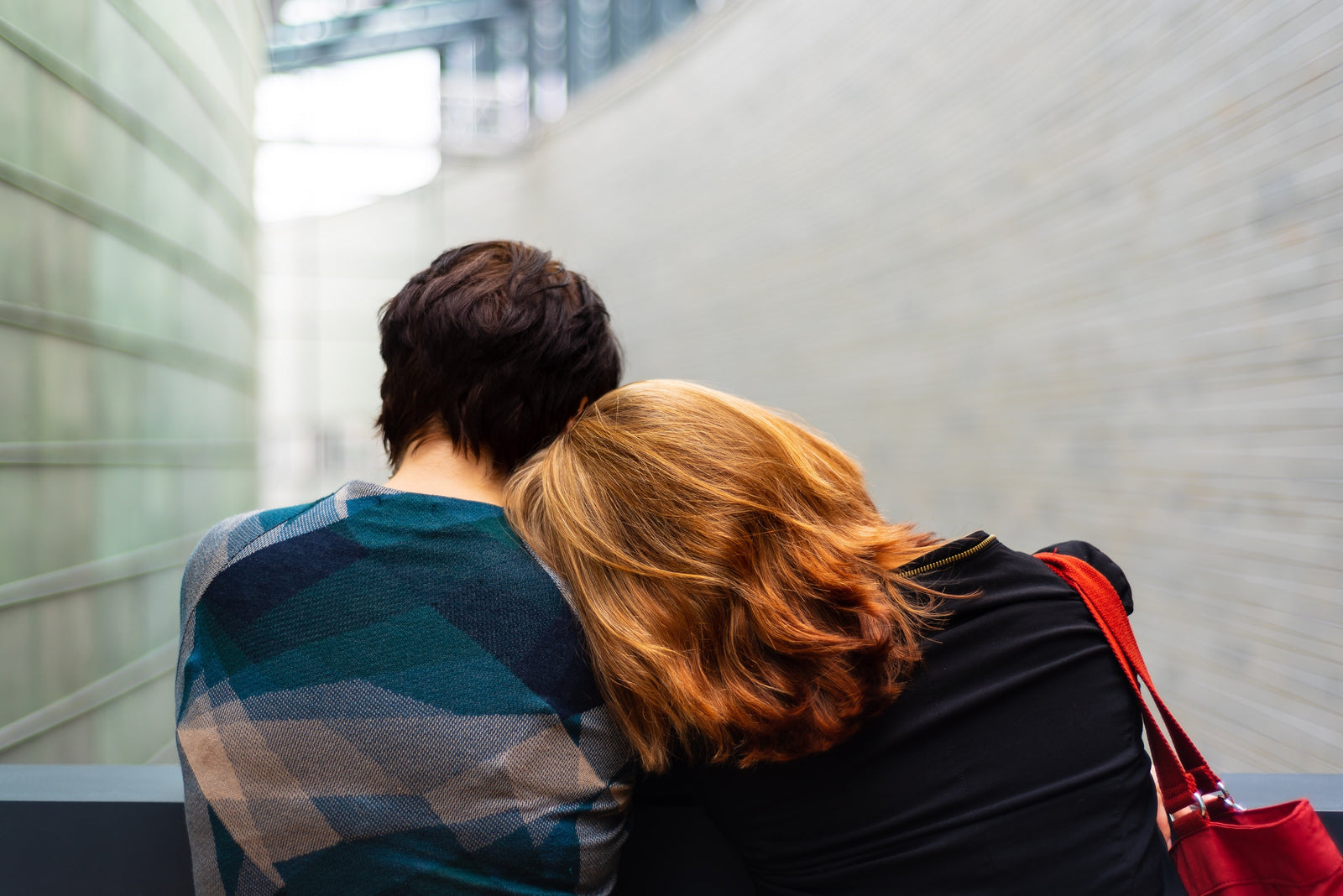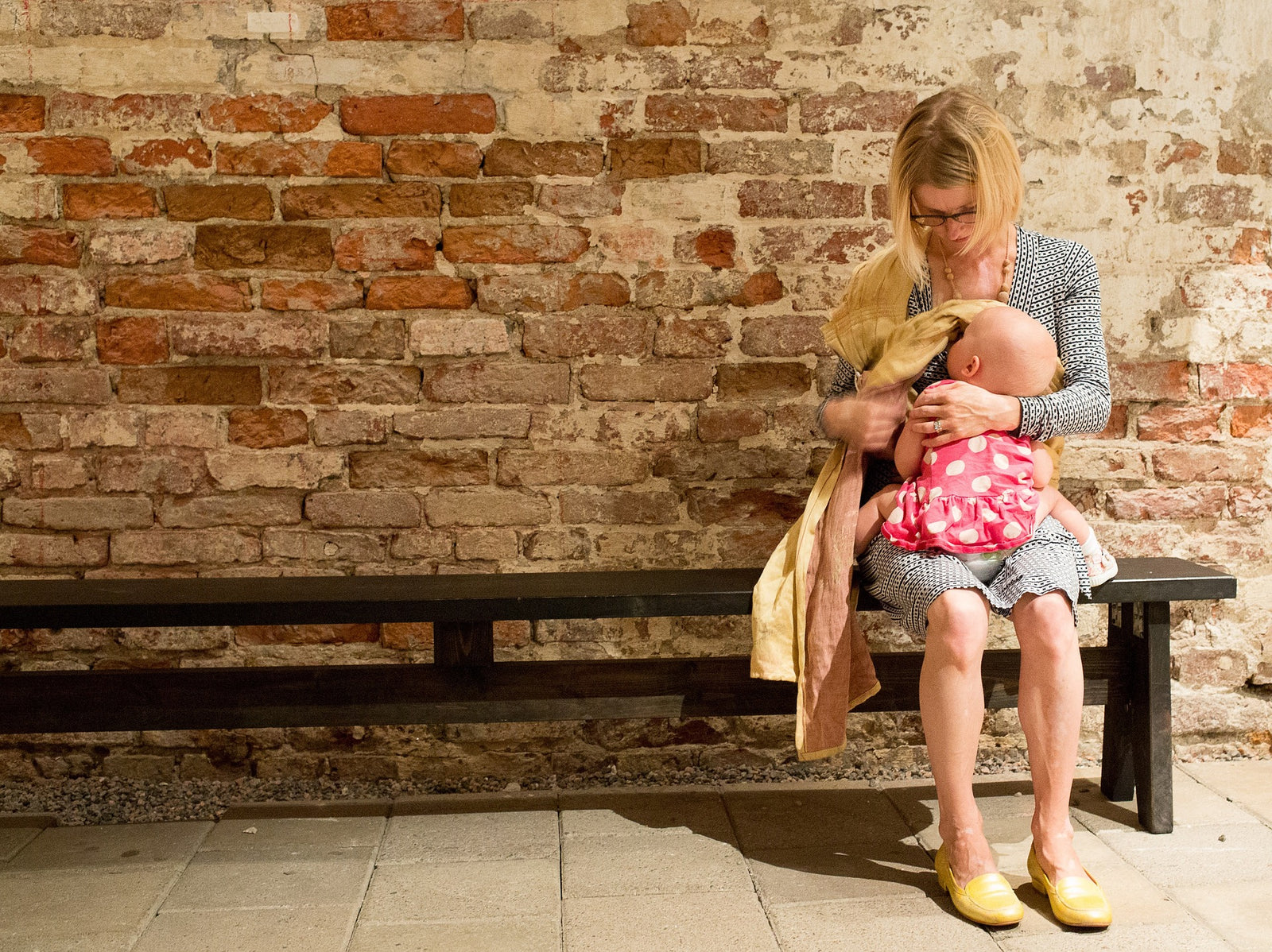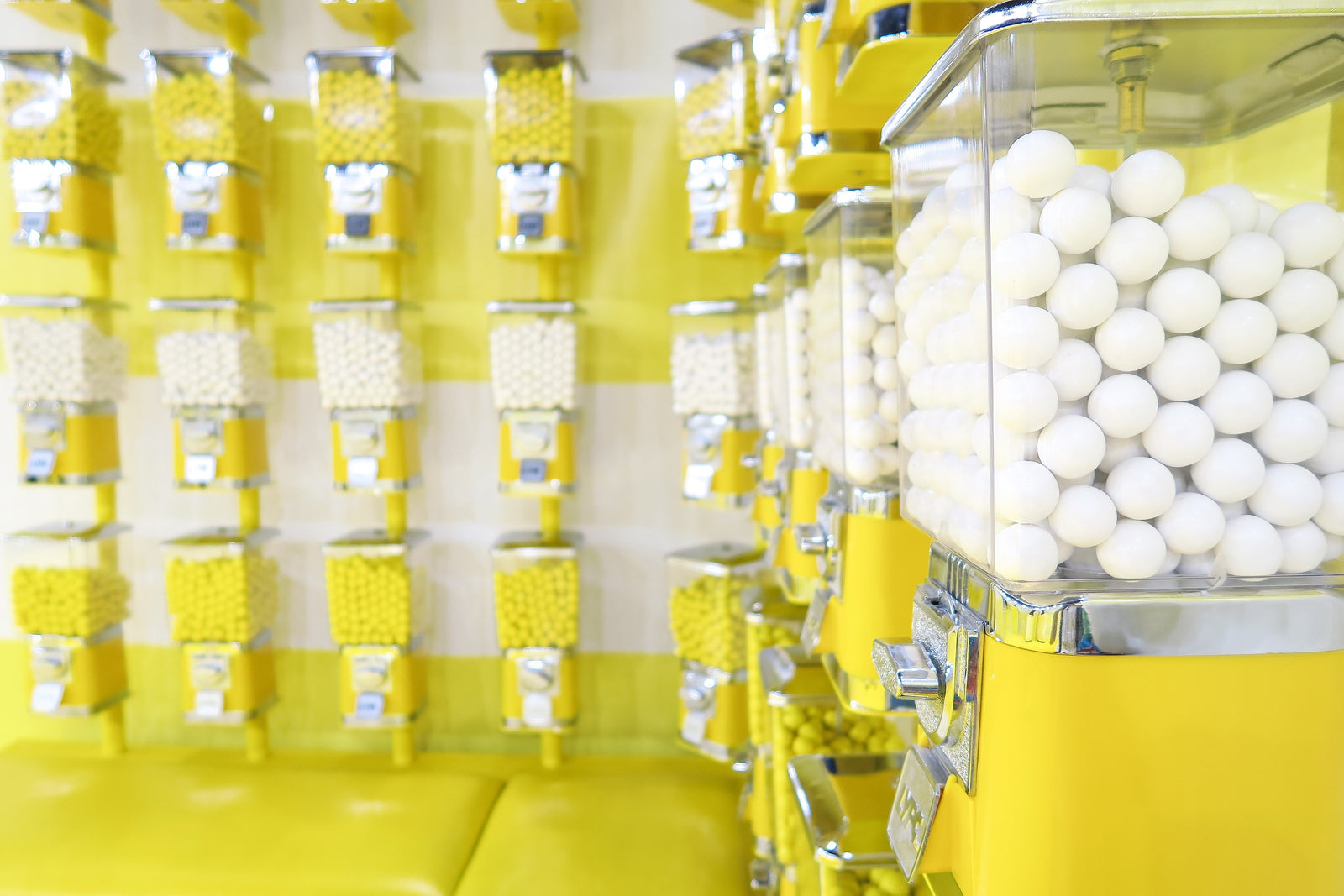🚚 FREE USA SHIPPING ON ORDERS OVER $30! INTERNATIONAL SHIPPING AVAILABLE.
🚚 FREE USA SHIPPING ON ORDERS OVER $30! INTERNATIONAL SHIPPING AVAILABLE.
All you need to know about the afternoon slump (and how to cope)
by Tina Sendin 4 min read

The afternoon slump would be OK if you could just lie down for a little nap. But most of us have to earn a living, and management would likely frown on anyone who went home from 2 to 4 p.m. for a siesta.
Unless (a) you’re somewhere in Europe – where this is perfectly acceptable or (b) you have the total freedom to create your own schedule every day, then an afternoon nap is out of the question.
So how can you cope with an urge to sleep after lunch?
This article suggests ways on how you can beat the afternoon slump.
Afternoon urge is natural
The urge to sleep in the afternoon is natural.
According to Ms Lona Sandon, an assistant professor of nutrition at the University of Texas Southwestern Medical Center, “there seems to be something natural about this lull. Some cultures have the siesta, and people find that they’re more productive and better able to concentrate if they take time off after lunch and come back later.” [1]
She adds that there are two processes at work in the mid-afternoon sleep slump. She said the body’s natural rhythms plus eating habits can combine in a “double whammy leading to a massive energy crash.”
Why an afternoon slump?
Let’s explore other reasons why you may be feeling drowsy after lunch:
Too many carbs!
Some people eat too many simple carbohydrates like white bread, white rice, pasta made from white flour, and chips. Eating simple carbs can cause the body to produce a big spike in blood sugar. The elevated sugar in the blood can give energy at first, but it is quickly metabolized and the body crashes.
Tip: Why not swap simple carbs for complex carbs like whole-grain breads, crackers, pasta and brown rice?
Sitting at the desk or work station for several hours
Trying to beat that deadline or doing several phone calls in a day could make you easily forget to move and walk around. The human body reacts to stillness with an urge to sleep.
Tip: Try stretching or walking around a while every hour or so at least. Or maybe it’s time to have that standing desk set up?
Forgetting to hydrate
Even minor dehydration can cause a person to be moody or to feel like sleeping. A loss of just 1.5 percent of the body’s water can bring on drowsiness.
Tip: Keeping a glass of water at your desk and sipping some throughout the day. Better yet, bring that tall jug and keep it next to you while working so you’ll be prompted to drink water and finish it (you’ll end up drinking more water compared to having just a glass).
Circadian rhythm
Your core body temperature drops between 2 p.m. and 4 p.m. daily in a natural cycle called the circadian rhythm. The body reacts to the lowered body temperature with a release of melatonin, a sleep hormone.
Tip: Try listening to upbeat music, going for a brief invigorating walk or going outside to be in the sunshine for a little while.
Other reasons
MayoClinic.org suggests other causes of drowsiness in the afternoon. [2] Some of them include:
- an unhealthy diet (those donuts and chips in the pantry!)
- lack of exercise (and even too much of it)
- taking certain medications
- going through low moments in life (grief, depression, anxiety)
Or it may just be because you’ve had too much for lunch or your workplace environment is really eerily quiet!
How to cope through proper diet
In an interview with WebMD, Professor Sandon gives the following recommendations on how to fight the afternoon slump... through a proper diet:
- Eat right and get a good breakfast to start the day off. She recommends carbs for a proper start to the day, but also adds that protein is necessary. “You feel better, mentally and physically, when you’ve had a meal that combines carbs and protein,” she said.
- A cup of coffee in the morning plus a candy bar or a bag of chips at lunch give short-term energy, but they won’t be enough even at the start of the day for optimal function of the brain and body.
- She recommends men get 500 calories at breakfast and women 300 to 400. An example of meals to start the day? Cereal with milk and some fruit, or two slices of whole-grain toast with peanut butter and a banana.
- It’s a big mistake to skip lunch or just have a salad. It’s totally necessary to have some protein at lunch too.
- Go easy on the fat at lunchtime.
- Drink enough water, get up, and move around if you feel drowsy after lunch.
- Have a light snack if you feel sleepy, but again, with carbs and proteins.
Caffeine or not?
Which brings us to caffeine. Reader’s Digest, in its article “18 tricks to beat the afternoon slump at work,” recommends a cup of caffeinated tea. [3] But what about a stronger jolt of the world’s most popular consciousness-altering drug (caffeine)? Why not a strong cup of coffee or a couple of caffeinated Viter Energy Mints when the Sandman sprinkles sleep dust on your workday?
Much research has been done on coffee and caffeine and how they stimulate alertness and feelings of well-being. As long as you take caffeine in moderate amounts, it is safe and even beneficial. Also, many articles say taking caffeine too late in the day can interfere with sleepiness at bedtime.
Here's the deal. As long as you don’t have too much caffeine in a day and don’t take it too late, there’s no reason not to have a cup of joe in the early afternoon. You might overcome the afternoon doldrums while enjoying the world’s favorite mood-altering substance.
Or if push comes to shove, maybe you can use 20 minutes of your lunch break for a quick “caffeine nap,” which many people attest to.
If you’d like to know how it works, as well as how to use caffeine to your advantage (vs. an afternoon slump), check out this article: How does caffeine keep you awake?
SOURCES
[1] http://www.webmd.com/balance/features/afternoon-energy-boosters
[2] https://healthyeating.sfgate.com/caffeine-afternoon-sleepiness-11094.html
[3] https://www.rd.com/health/wellness/13-ways-to-beat-the-afternoon-slump-at-work/
Also in Viter Energy Blog

Can caffeine help with ED?
by Mark Miller 3 min read
Erectile dysfunction. In combination, those are two of the ugliest words known to man. But can caffeine help you get it up?
Science hasn't found the definitive answer to this question, but one study concluded that fewer men who consume caffeine have problems performing. The study said:
Caffeine intake reduced the odds of prevalent ED, especially an intake equivalent to approximately 2-3 daily cups of coffee (170-375 mg/day). This reduction was also observed among overweight/obese and hypertensive, but not among diabetic men. Yet, these associations are warranted to be investigated in prospective studies

Caffeine while breastfeeding? Go ahead, it's OK
by Mark Miller 4 min read
Many breastfeeding mothers wonder if it's OK to take caffeine. In fact, many nursing mothers just avoid caffeine in case it would keep their babies fussy, jittery and awake.
The answer is yes, you can take caffeine while breastfeeding, as long as you don't go over about 300 mg a day.
It's an important question because caffeine is in so many products, and taking coffee, tea, or soda is such a common ritual.
And breastfeeding mothers may be tempted to take caffeinated products because they are deprived of sleep by their newborns' odd sleep schedule.

The surprising benefits of chewing gum
by Mark Miller 5 min read
You might think gum chewing is an activity with little or no benefits besides the pleasure and flavor, but think again. Chewing gum has several benefits.
In addition to freshening your breath, sugar-free gum can help prevent cavities and contribute to overall oral health. But that's just the beginning.

